Gassan Shobuzukure Katana
S0316
SOLD
A shobuzukure katana attributed Gassan Chikanori, Eisho jidai (1504 - 1521). There is one juyo example of his work. Hawatare: 2 shaku 2 sun 0 bu 4.5 rin (66.8 cm / 26.3"). Motohaba: 3.27 cm. Kasane: 3.4 mm. Suguba, gunome notare, kinsuji, sunagashi, hataraki, nado. The jigane is itame hadatasu with o-mokume nagare and masame, with itame. There are abundant chikei, nado. The boshi is jizo. In fresh Japanese polish, shirasaya, and niju gold foil habaki. Pictured in Juyo Token Nado Zufu - #38; rated a double circle in Nihon To Meikan; rated 2,000,000 yen in Toko Taikan; rated Chujo saku in Fujishiro's Nihonto Jiten - Koto Hen; pictured in Yumei Koto Taikan and Nihonto Koza - Koto Part II NTHK-NPO certificate awarding 75 points.
The Gassan school dates from Kamakura period, although according to Homma Sensei, he had never seen a signature earlier than Nambokucho. The name Gassan seems to have been taken from the Reiho Gassan, the highest mountain in the northeast region, and is snow covered year round, so this would have been an impossible place to set up a forge. Inscriptions from Muromachi place the Gassan as working in Yachi, in Sagae, present day Yamagata-ken. There is an inscription referring to Shonai, of which there are four named cities, and one is in Yamagata-ken.
Generally Gassan works are done in ayasugi hada and a suguba or notare hamon, and the nioi guchi is weak and misty. Chikanori and his mon were the exception to this generalization. They worked in itame, tempered in hosho suguba or gunome midare. The ji and ha are stronger than that of ordinary Gassan works.


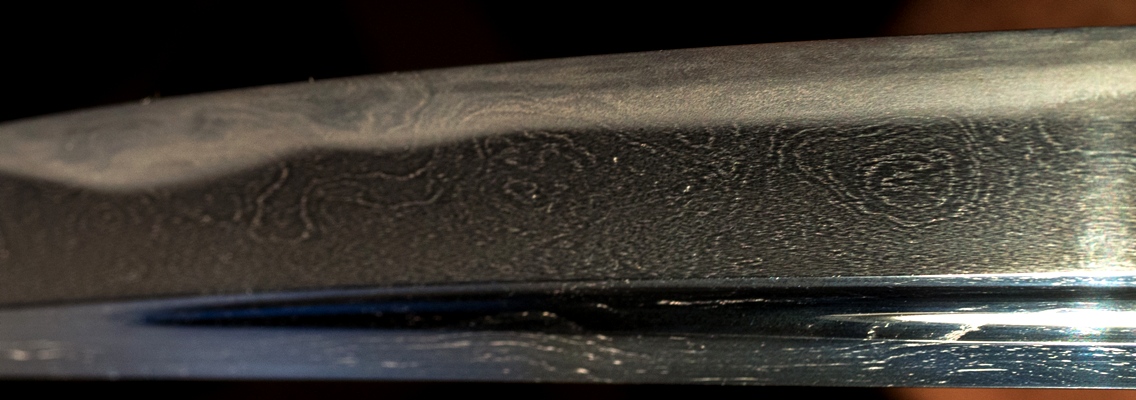
Mokume, Itame Nagare & Chikei
Ubu Nakago


The Index of Koto Juyo Blades
Wakizashi Mei Dewa Junin Gassan Chikanori
Eisho Kyu Nen Ni Gatsu Kichijitsu (February 1512)

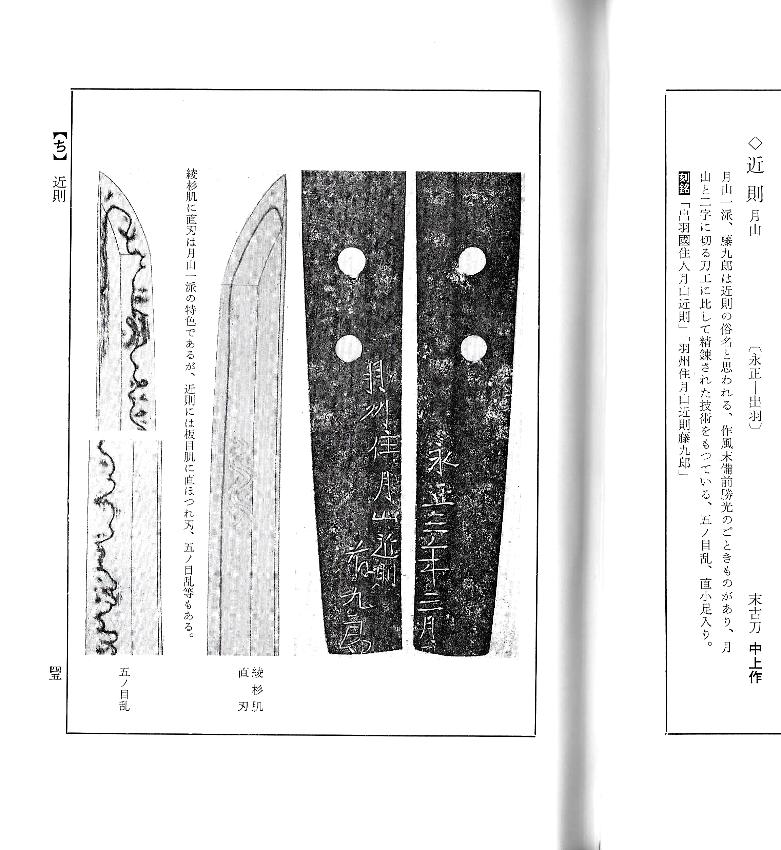
Nihon Toko Jiten - Koto Hen

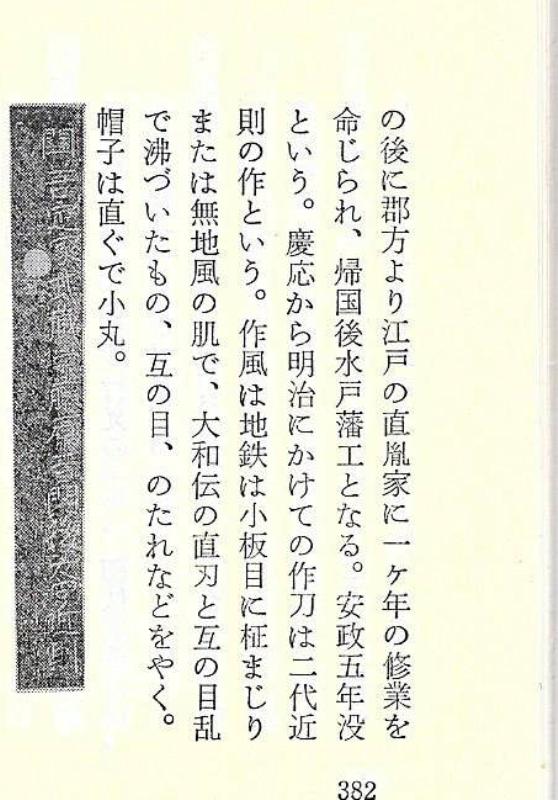
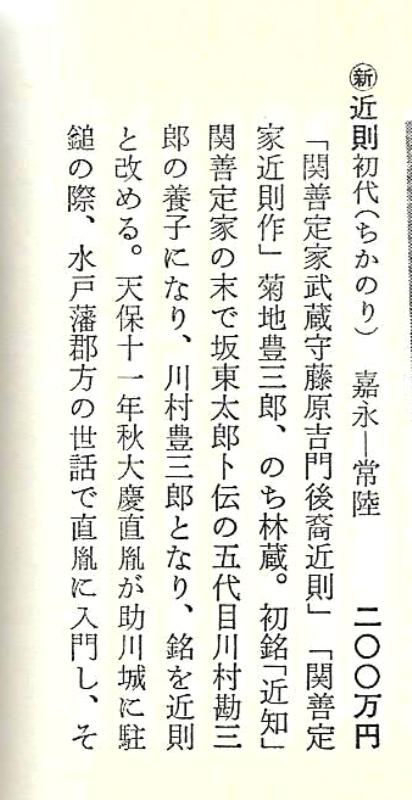
Toko Taikan

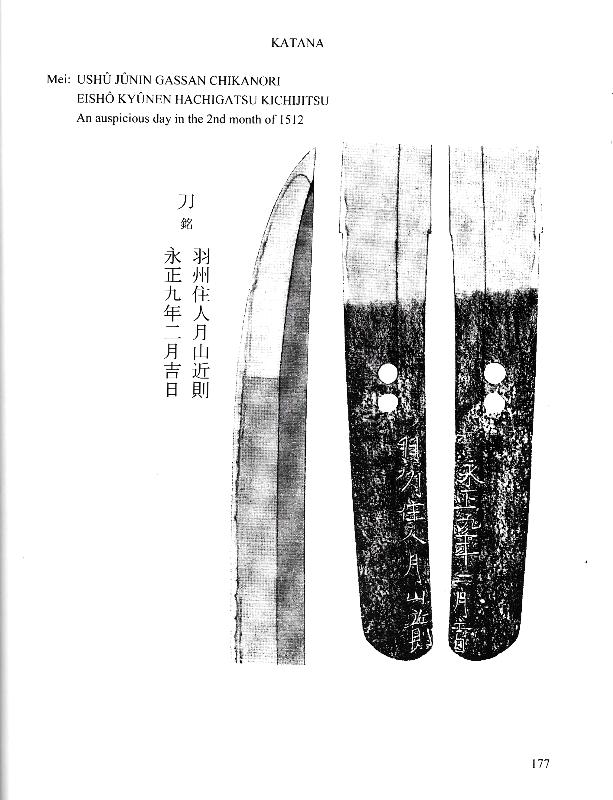
Nihonto Koza - Koto Part II



Yumei Koto Taikan

NTHK-NPO Work Sheet